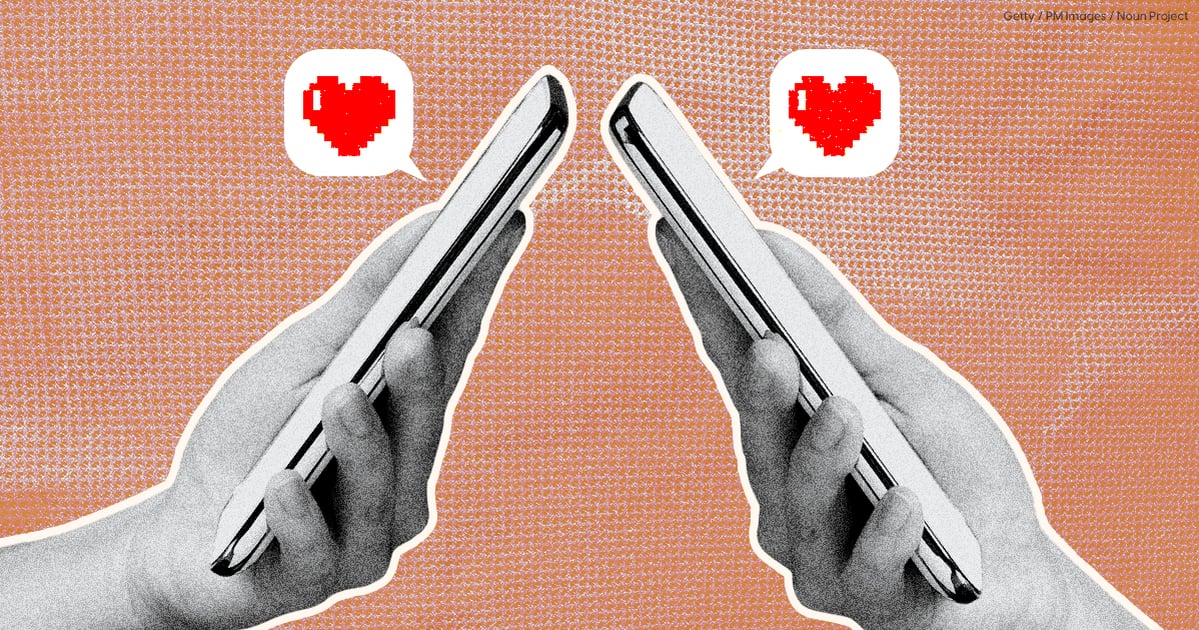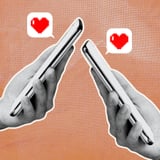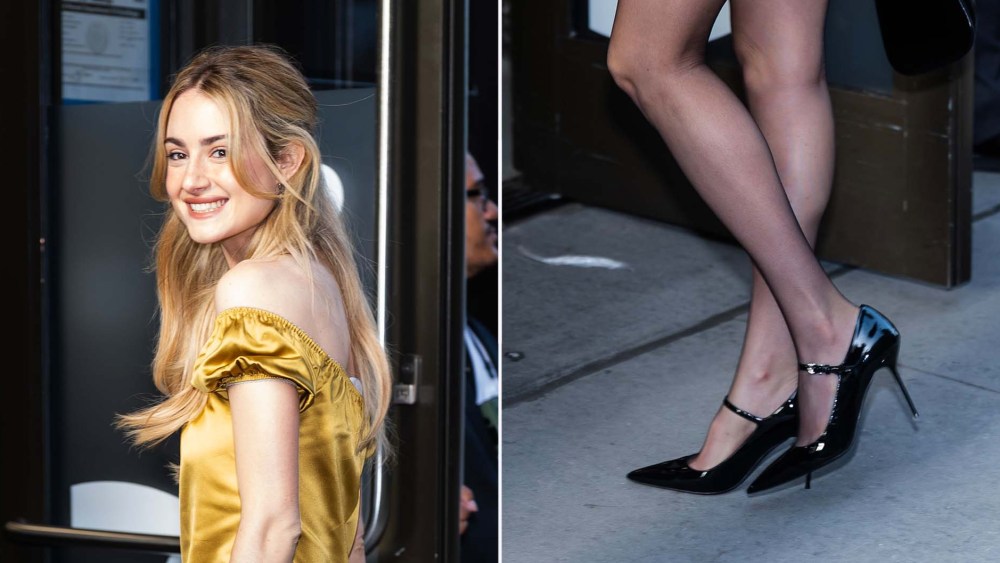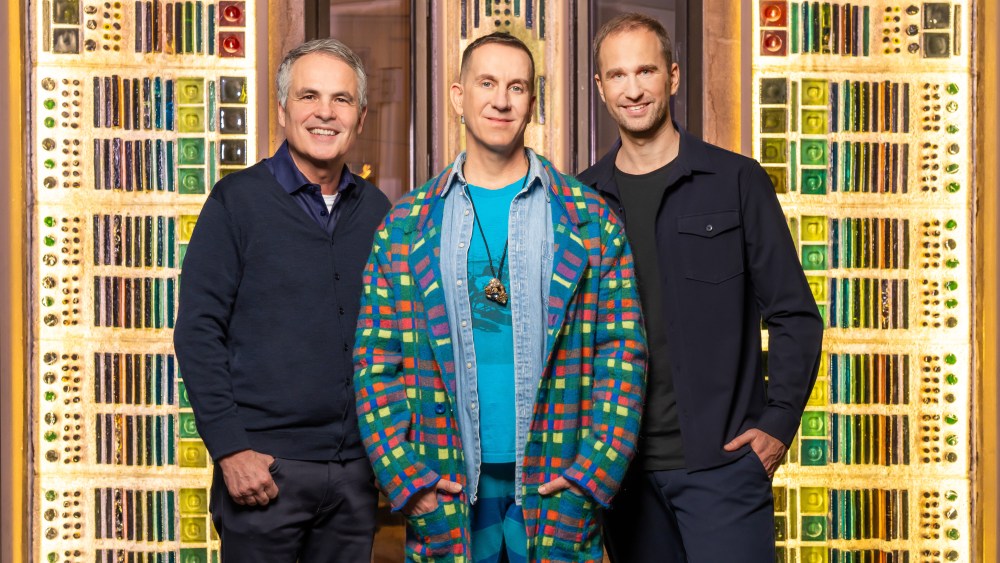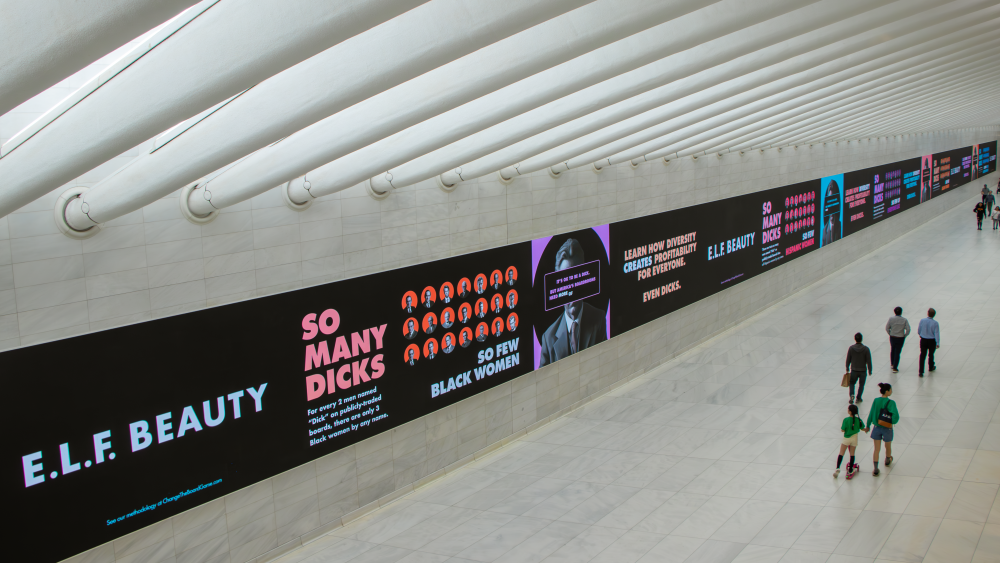I always wanted to find a boyfriend organically, but nothing ever felt right. When I would meet someone while out with my friends or in school, I’d either put too much pressure on the potential future with them – eventually getting the ick or losing interest all together – or I’d get stuck in a vicious “what are we?” situationship. It wasn’t until my roommate suggested I try using dating apps for relationships when I actually gave them a chance.
As someone who had never used a dating app before, I was hesitant to use dating apps for relationships. Partly because it made me feel vulnerable blatantly putting myself out there, but also because I thought dating apps were for hookups.
I also knew dating apps could bring some of the same issues I had with meeting people in real life, like falling into too many noncommittal situationships or not feeling mutual chemistry. But since I had nothing to lose, I downloaded some dating apps – and eventually found my boyfriend of four years on one. Here are the best dating apps for relationships that worked for me.
Best Dating Apps for Relationships
When I was deciding on which dating apps to download for a relationship, I knew I wanted to cast a wide net. In the same way there are LGBTQ+ dating apps and polyamorous dating apps, I knew that there were some very specific dating apps out there, but I didn’t want to download any that were based on religion, income, or a specific interest. It felt too niche. I also decided to forego downloading Tinder, even though it may be the most popular dating app. Tinder’s reputation just seemed more for casual hookups rather than those looking for a serious relationship.
Ultimately, I decided to download Hinge and Bumble, and, hands down, these were the best dating apps for relationships. Not only were they the most well-known dating apps to me at the time, but the majority of my friends were already on Hinge and Bumble too. I had heard about their experiences, and I knew that if they could navigate these apps, I could too.
1. Hinge
Labeled as “the dating app designed to be deleted,” I saw commercials about Hinge and knew a few people who met their current partners on the app, so I was game to download. The interface was simple for me to navigate, and the Hinge prompts made creating a profile easier (and more fun) than writing an open-ended bio completely myself. The prompts also showed off each user’s personality, and since each profile required three prompts, I could scroll through someone’s entire profile to see what they had to say instead of judging on appearance alone.
I also liked being able to respond directly to someone’s prompt, which felt like an icebreaker in itself. Instead of overthinking how to start a conversation on Hinge, commenting on a funny or relatable prompt seemed like a more authentic and less anxiety-ridden way to kickstart a conversation. Plus, I loved when someone started a conversation with me off of a prompt. It added an element of sincerity that was refreshing.
Another perk of using Hinge was seeing who had already liked my profile. Instead of seeing an anonymous notification, Hinge told me precisely who was browsing and which picture or prompt of mine they liked. That also meant it didn’t necessarily have to be a mutual match for me to engage. When someone liked and/or commented on my picture, I decided whether or not I wanted to continue the conversation without having to like their profile on my own accord. Not only was this an ego boost because positive reinforcement on my profile was always nice, but it also led to more potential matches and conversations since I couldn’t see and respond to everyone’s profile on my own.
Honestly, I liked browsing on Hinge, and I never saw the same person twice, so it appeared there was a large pool of users. I chatted with a few guys, but it was mainly small talk, and I never felt strongly enough to meet anyone in person before I met my now boyfriend on Bumble.
2. Bumble
Something to know about me: I’m not chill. I don’t go with the flow, and I thrive off having some control over a situation. I appreciate making the first move and love vetting a potential match, so Bumble felt natural.
As I looked through the different dating app profiles on Bumble, I was able to vet people based off of what I was looking for. For one, I automatically passed on anyone whose first photo was a group photo; it was too hard to figure out who the profile was actually for. I also wanted a boyfriend who was taller than me, so there were bonus points for anyone who disclosed their height. Political affiliation was also another element I considered, and if someone’s political affiliation wasn’t aligned with mine, I passed on their profile since it was important to me that we had similar values and beliefs.
All that said, Bumble is still based on mutual attraction, so even if someone had met all of my qualifications, the person on the other end of the screen had to also be interested in me. If he was, I had 24 hours to send the first message before the match expired. At first, this seemed intense, but I realized it encouraged quick conversation. I understand matching on a dating app is not urgent, but truthfully, I wasn’t there to wait around. I was eager to get off the apps, and I really wanted to connect with someone who also really wanted to connect with me. If there was a match, I wanted both of us to act on it sooner rather than later.
“I’m not chill. I don’t go with the flow, and I thrive off having some control over a situation. I appreciate making the first move and love vetting a potential match, so Bumble felt natural.”
Within a week of downloading Bumble, I matched with my now boyfriend. We were the same year at the same college, although I had never seen him before. He was 6’2” and his “About me” bio not only caught my attention, but it made me smile. All it said was, “Drake and Josh fanatic,” and I immediately swiped “yes.” It was a mutual match, so I sent a beautifully eloquent “hi” as my first message. He replied a few minutes later with an all lowercase, “hi andi.” We messaged a few times through the app for the basic get to know you questions, then I gave him my number.
To be fully transparent, I put both of my accounts on “snooze” the day after we started messaging. We had been texting non-stop and I still had so much I wanted to say, ask, and know. I got excited every time his name popped up in my notifications, and our conversation felt effortless. We both responded to each other immediately, and there was zero “should I wait to reply?” or “he took an hour to reply, so I’m taking an hour to reply” mental gymnastics.
We met in person four days later when I invited him over to my apartment to make sweet potato brownies. And while I realize our first date should have 100 percent been in a public place for safety reasons – learn from my mistake and save the at-home date for when you know someone well!!! – we’ve basically been inseparable ever since.
We didn’t officially put a label on our relationship for another month, but we both knew we were dating. We spent most of our free time together, and when we were apart, we were texting. My feelings for him were unwavering (something I hadn’t experienced before), and I never questioned his feelings for me (something I also hadn’t experienced before). We were on the same page from day one, and almost four years later, he’s my speed dial and one of the best things to happen to me.
I understand not everyone has quick success on dating apps, but I’m so grateful I went for it and clicked download. It’s effortlessly easy to feel overwhelmed or discouraged about dating when you want a relationship and it hasn’t happened, but here’s my trick: just be open-minded, communicate, and never settle.
Andi Breitowich is a Chicago-based freelance writer and graduate from Emory University and Northwestern University’s Medill School of Journalism. Her work has appeared in POPSUGAR, Women’s Health, Cosmopolitan, and elsewhere. She is a mass consumer of social media, former collegiate pole vaulter, and cares about holistic wellness and non-stigmatizing reproductive care.
